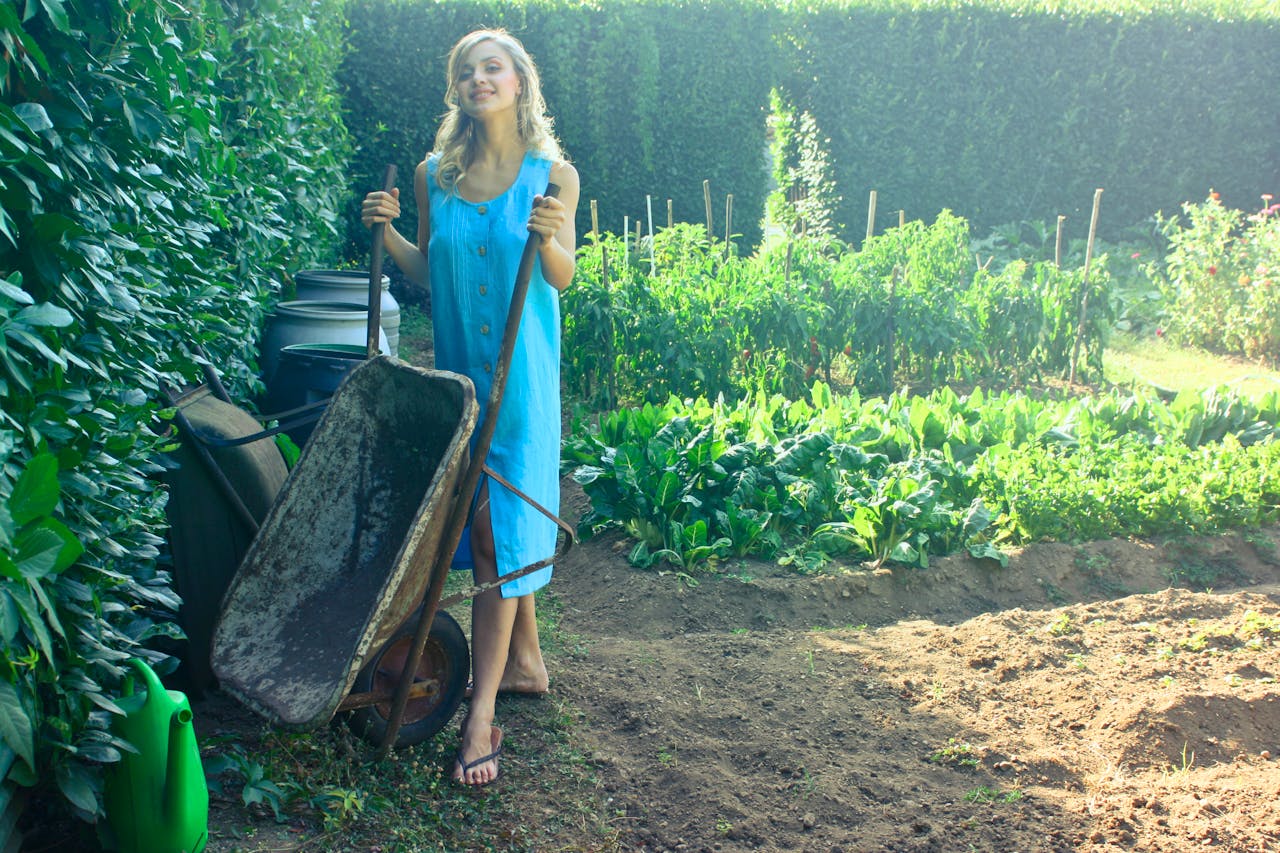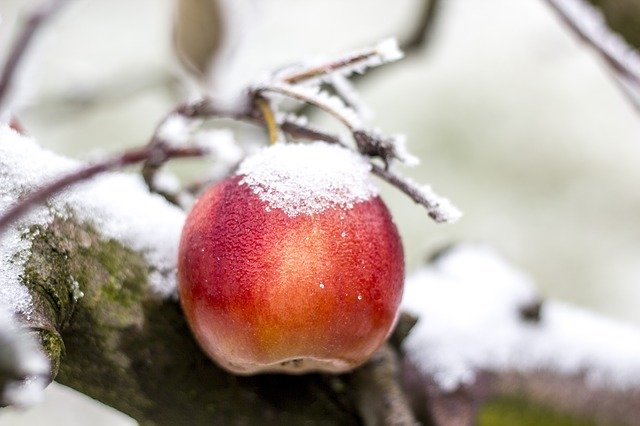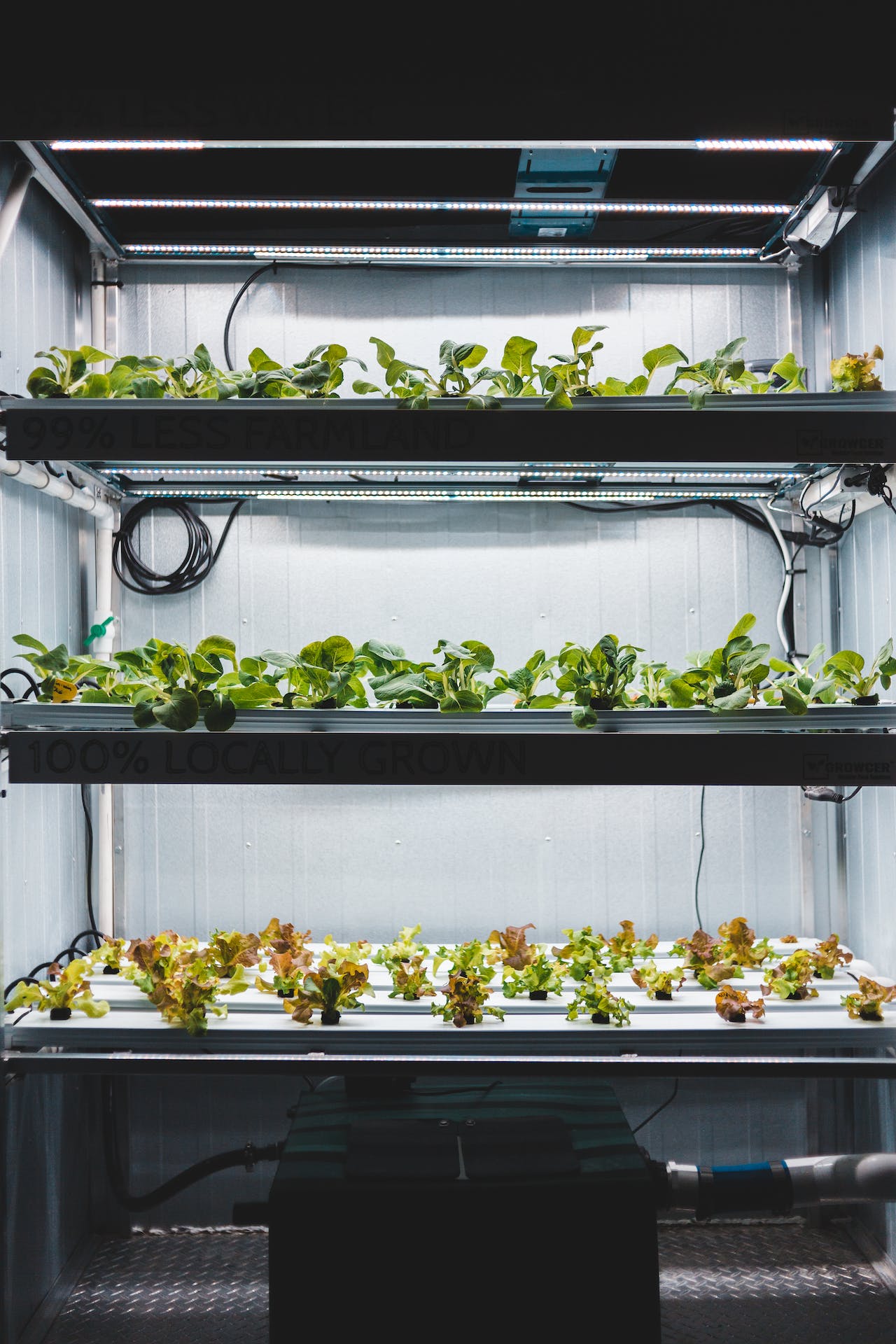Homesteading with Children: How to Involve Kids in Daily Chores
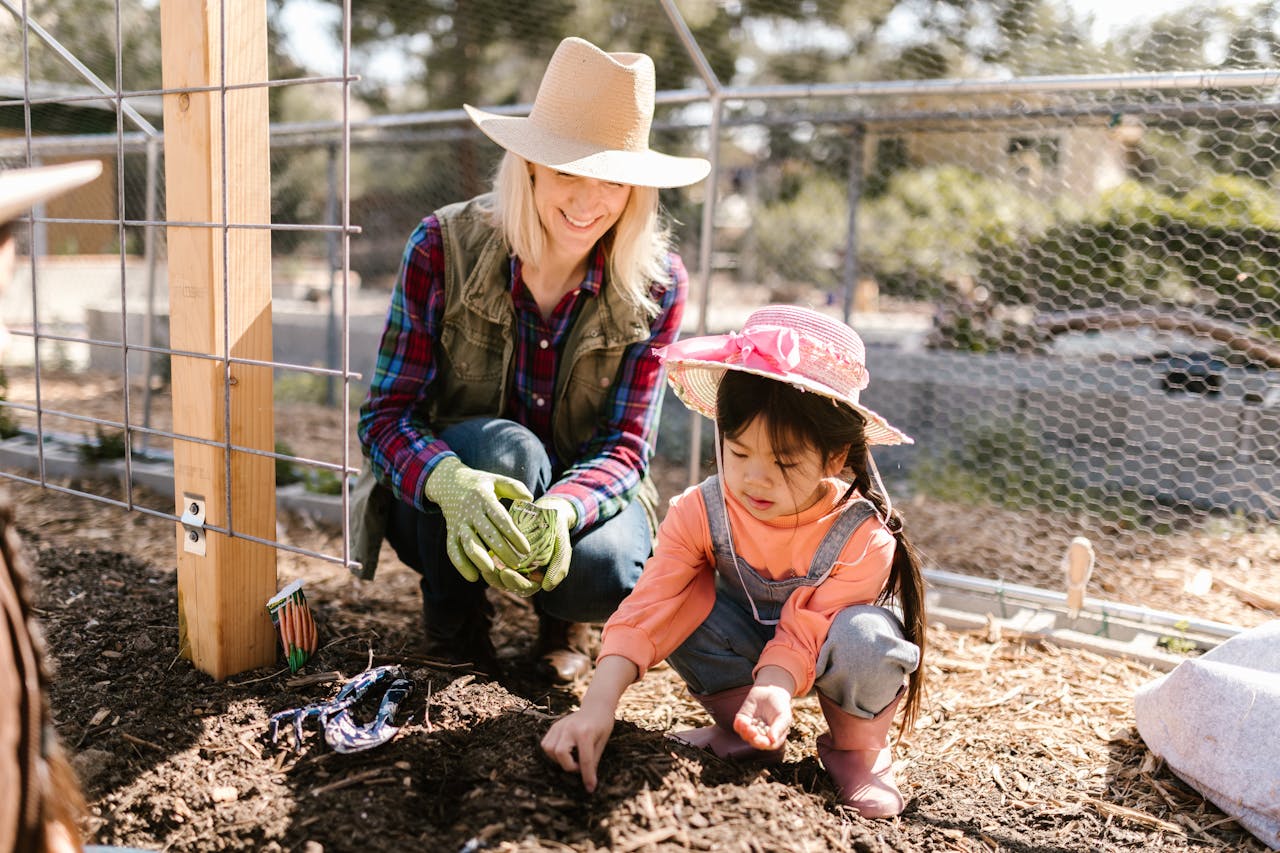
Homesteading offers an incredible opportunity for families to work together, bond, and teach children valuable life skills. Involving kids in daily chores can be as rewarding as it is practical, giving them a sense of responsibility while lightening the workload for parents. Whether it’s gathering eggs, tending the garden, or cooking meals, homesteading with children fosters independence, curiosity, and a deeper connection to nature.
If you’ve ever wondered how to integrate children into the daily rhythm of homesteading, this guide provides tips, age-appropriate tasks, and creative ways to make chores engaging and fun.
The Benefits of Homesteading With Kids
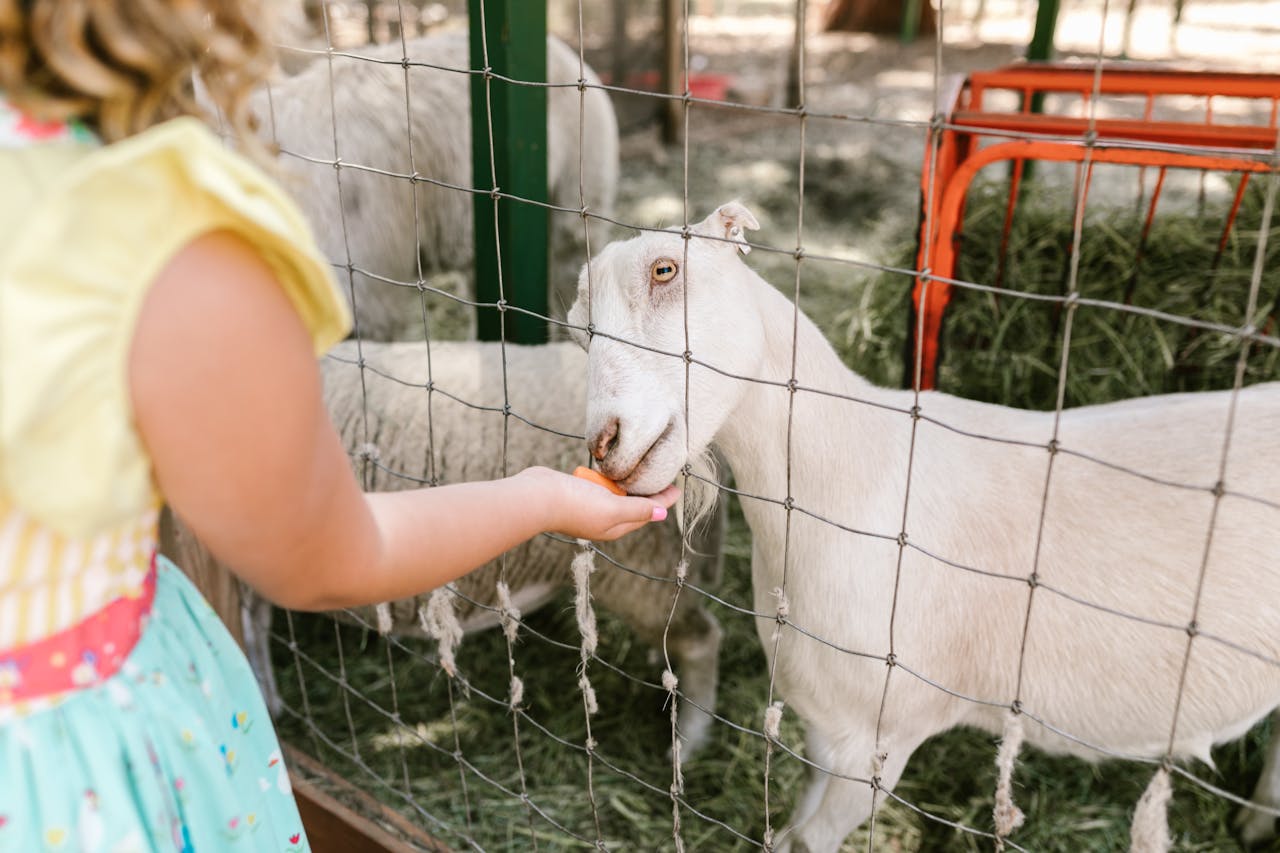
Introducing children to homesteading from an early age instills life lessons they’ll carry with them into adulthood. Working together on the homestead strengthens family bonds and teaches essential skills that go beyond academic learning.
Building Character and Responsibility
Homesteading tasks, from feeding animals to maintaining the garden, encourage responsibility and accountability. Kids learn the value of hard work and how their contributions benefit the family. Over time, they’ll understand that their efforts are essential to keeping the homestead running smoothly. Even small tasks, like collecting eggs or tidying up tools, teach children to take pride in their work.
Teaching Life Skills
Through hands-on experiences, children gain a deeper understanding of tasks that many adults learn later in life. Gardening, for example, teaches patience and perseverance as children watch seeds grow into plants. Cooking helps develop basic math skills through measuring and mixing ingredients. These lessons go beyond practical applications, fostering creativity and a can-do attitude.
Fostering Independence and Problem-Solving
By assigning age-appropriate tasks, you empower children to manage responsibilities on their own. This promotes independence and helps them develop problem-solving skills as they navigate challenges, like figuring out how to carry a heavy watering can or untangle a garden hose. Overcoming these small hurdles prepares them to tackle bigger obstacles later in life.
Strengthening Family Bonds
Homesteading is more than just work—it’s about building connections. Chores like harvesting vegetables or caring for animals provide natural opportunities to talk, share stories, and strengthen relationships. These shared experiences create lasting memories and a sense of togetherness.
Encouraging a Love for Nature
Kids learn about ecosystems, food cycles, and sustainable living through direct engagement with the land. This connection fosters a lifelong respect for the environment. Watching a caterpillar transform into a butterfly or seeing vegetables grow from tiny seeds can ignite a sense of wonder and curiosity.
Age-Appropriate Homesteading Tasks
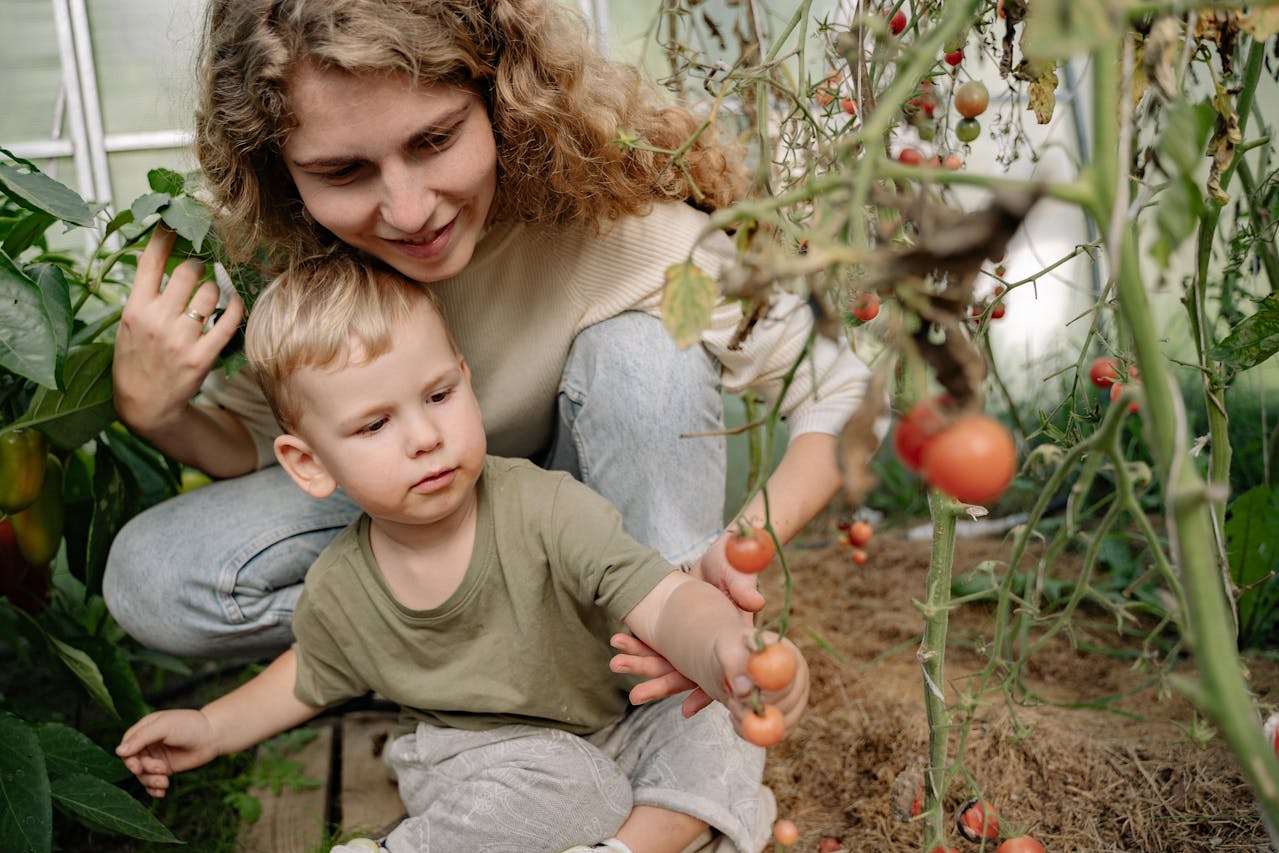
Assigning chores based on your child’s age and abilities is key to keeping them engaged while ensuring safety. Start small with simple tasks, then increase responsibilities as they grow.
For Toddlers (2-5 years old):
At this stage, kids are naturally curious and eager to help. Simple, supervised tasks make them feel included without overwhelming them.
- Collecting eggs can be a morning ritual that excites little ones.
- Watering plants with a small watering can let them see immediate results, like glistening leaves or wet soil.
- Feeding small animals like chickens or rabbits can teach toddlers gentleness and patience.
- Sorting seeds for planting introduces them to the concept of organization in a fun, tactile way.
For Elementary-Aged Kids (6-10 years old):
Children in this age group can take on more responsibility while learning about the homestead’s daily operations.
- Planting seeds teaches them how to follow steps carefully for successful growth.
- Light weeding helps them understand plant care and the importance of removing unwanted plants.
- Harvesting fruits and vegetables connects them to the food they eat and builds excitement about healthy eating.
- Cleaning chicken coops or small animal enclosures teaches kids about hygiene and the importance of a clean living environment for animals.
For Teens (11-18 years old):
Older kids and teens are capable of handling more complex tasks that require focus and consistency.
- Managing larger animals, such as goats or cows, gives them a sense of responsibility and builds confidence.
- Assisting with food preservation, including canning and fermenting, teaches them practical skills that can reduce food waste.
- Learning basic repair and maintenance skills, like fixing a broken fence or cleaning tools, prepares them for adulthood.
- Preparing meals or planning weekly menus allows teens to take ownership of family nutrition and develop valuable organizational skills.
Creating a Daily Chore Schedule
A well-organized chore schedule keeps the homestead running smoothly and teaches kids the importance of consistency.
Start With a Morning Routine
Many homestead chores are best completed in the morning. Set a consistent time for tasks like feeding animals and watering plants. This structure helps children understand their responsibilities and ensures nothing is overlooked. Incorporating a cheerful ritual, such as morning stretches or singing a song while working, can make the start of the day more enjoyable.
Tailor Tasks to Each Child’s Strengths
Observe your children’s interests and assign chores accordingly. A child who enjoys being outdoors may thrive with gardening duties, while another might prefer helping in the kitchen. Matching tasks to their natural preferences ensures they feel capable and engaged.
Make Adjustments Over Time
As children grow and their abilities improve, update the schedule to include more challenging tasks. This gradual progression keeps them engaged and builds their confidence. It’s also a good idea to have a weekly family meeting to review the schedule, celebrate accomplishments, and discuss any changes needed.
Teaching Gardening Skills
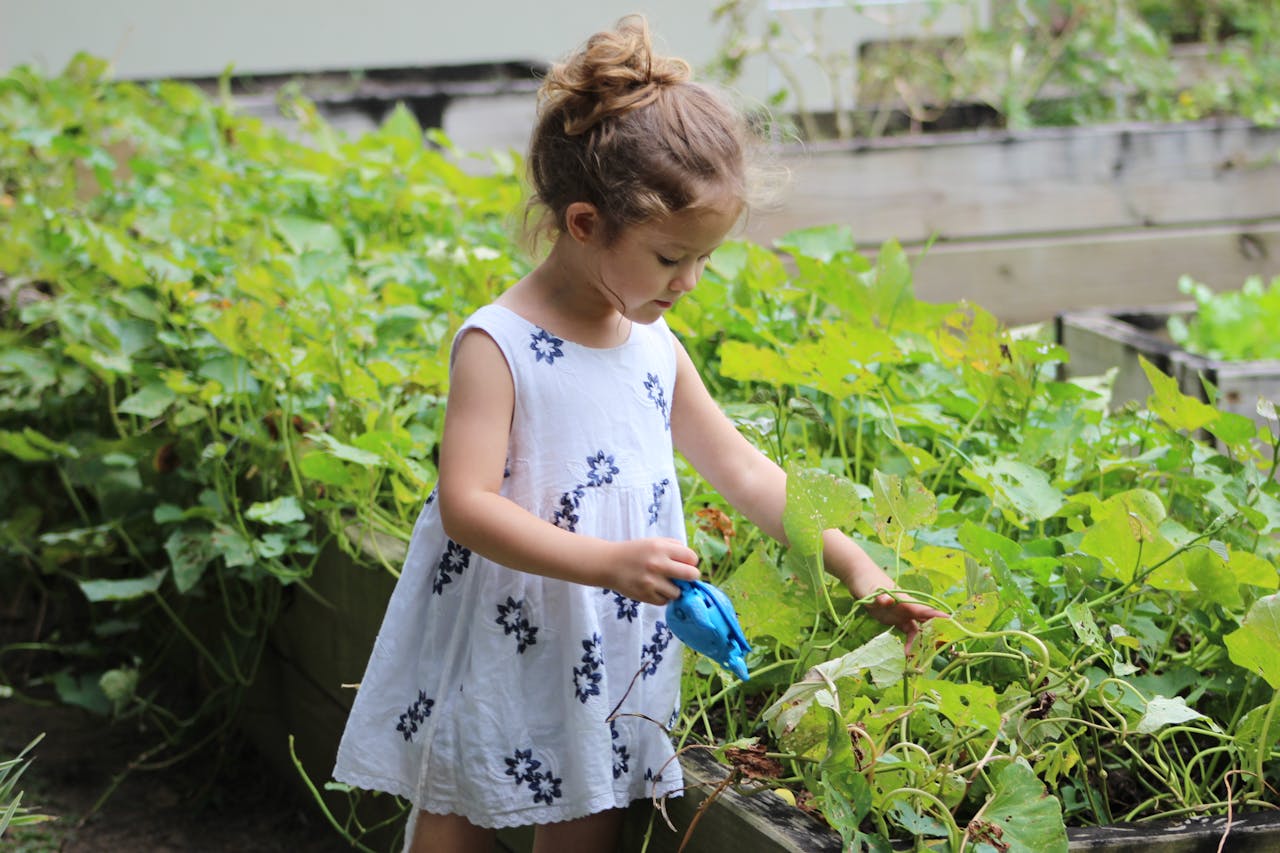
Gardening is one of the most rewarding aspects of homesteading for children. It offers a hands-on way to learn about plant life, sustainability, and healthy eating.
Introduce Gardening Basics
Start with simple tasks like planting seeds and watering. Explain the basics of plant growth and let children observe the process over time. To make it more interactive, consider setting up a time-lapse camera so they can watch plants grow in fast motion.
Encourage Creativity
Let kids design their own small garden plots. They can choose plants, arrange them as they like, and take pride in their personal projects. This ownership encourages responsibility while sparking creativity.
Teach Science Through Gardening
Introduce concepts like composting, soil health, and natural pest control. These lessons are not only educational but also foster an appreciation for sustainable practices. For example, children can learn how compost transforms scraps into nutrient-rich soil, showing them how waste can have value.
Celebrate Harvest Time
Harvesting the fruits (and vegetables) of their labor is a thrilling experience for kids. Involve them in cooking with the produce they’ve grown to deepen their connection to the food they eat. Consider hosting a small “harvest party” where the family celebrates the season’s bounty.
Animal Care Responsibilities
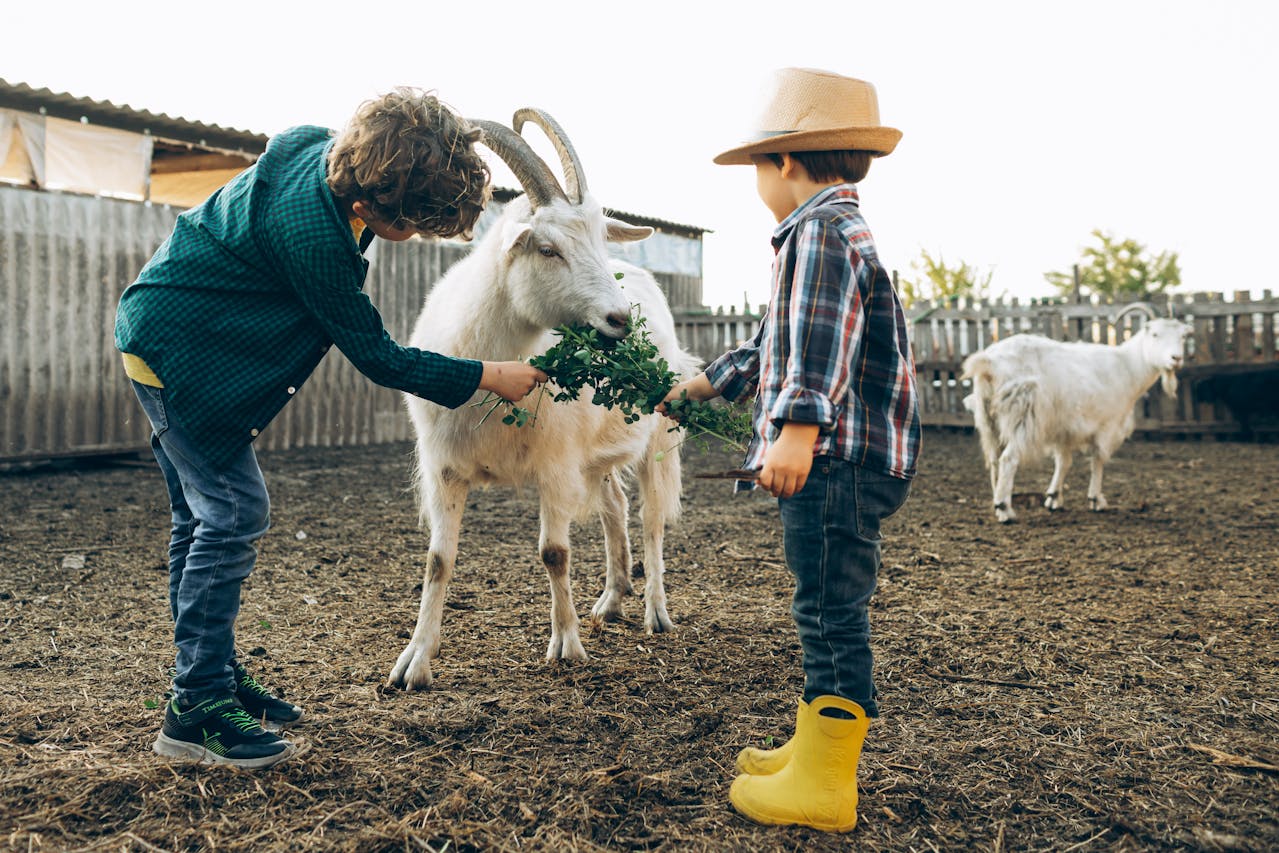
Caring for animals on the homestead teaches children empathy, patience, and the importance of dependability.
Start With Small Tasks
Toddlers can help fill water bowls or scatter feed for chickens. Older children can take on tasks like cleaning enclosures or monitoring animal health.
Foster a Bond With Animals
Encourage kids to spend time with the animals they care for. Naming animals or sharing stories about them makes the experience more personal and enjoyable. For example, they can create journals to track the health and habits of the animals they care for.
Ensure Safety and Supervision
Always supervise younger children around animals to ensure their safety. Teach proper handling techniques and respect for the animals’ space. Establishing clear boundaries, such as when it’s safe to enter a pen, helps prevent accidents.
Making Chores Fun and Rewarding
Turning chores into enjoyable activities ensures kids stay motivated and positive about their responsibilities.
Incorporate Games and Challenges
- Create competitions, such as who can gather the most eggs or weed the fastest.
- Host a “harvest dance party” during gardening tasks to make the experience lively and memorable.
- Use scavenger hunts to make tool gathering or organizing fun.
Reward Effort
Set up a simple reward system, like a sticker chart or small prizes, to recognize hard work and dedication. For older kids, rewards can include extra screen time or a say in family activities for the weekend.
Celebrate Successes Together
Acknowledge milestones, such as a completed garden bed or a well-cooked meal. Celebrating as a family reinforces the value of teamwork and creates a sense of accomplishment.
Conclusion
Homesteading with children is a journey filled with challenges, growth, and incredible rewards. By involving your kids in daily chores, you’re teaching them values and skills that will last a lifetime. Whether it’s tending the garden, caring for animals, or cooking meals, these experiences strengthen family bonds and create cherished memories.
Start small and enjoy the process together. With patience and creativity, you’ll find that little hands can make a big difference on the homestead. This week, consider assigning a simple task to your child and watch how their curiosity and confidence blossom.

